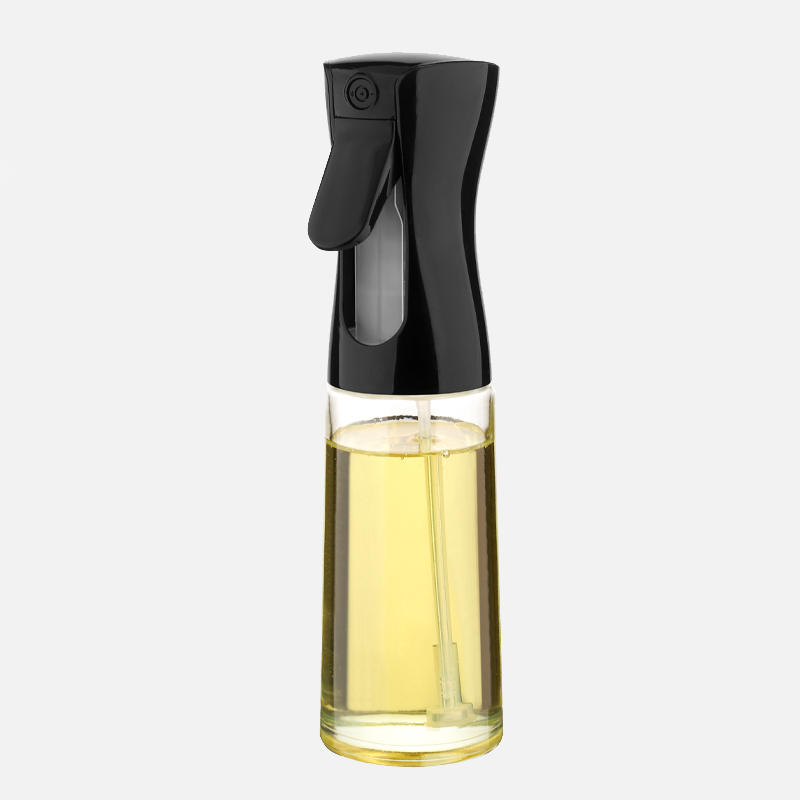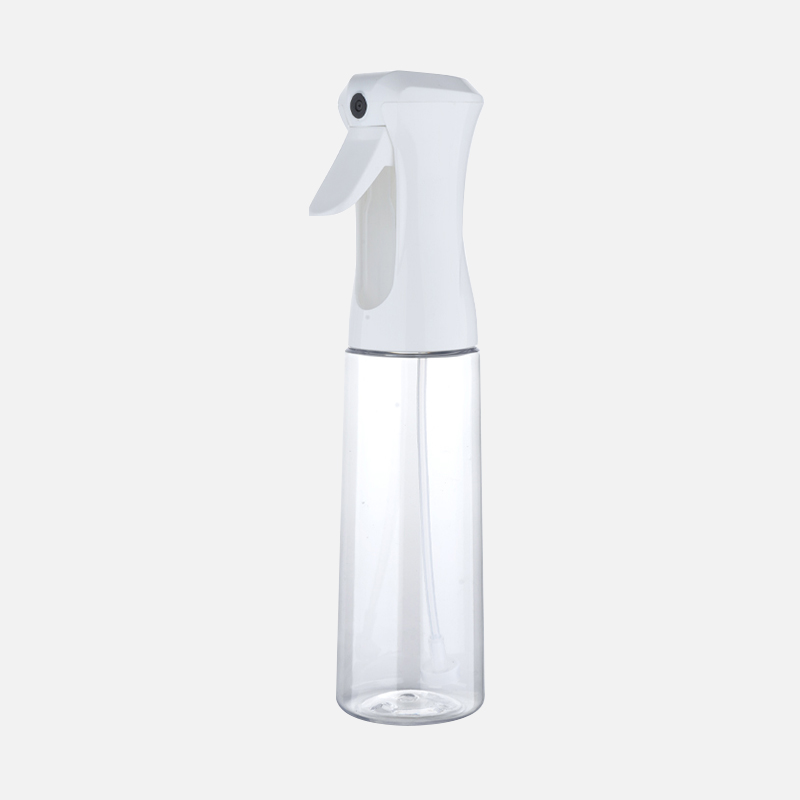Trigger sprayers, trigger sprayer devices, and trigger-actuated pump sprayers are well known and are commonly used in many homes and businesses. Typically, a trigger sprayer includes a pump chamber whose capacity varies due to the movement of the piston within the pump chamber. The piston is usually spring-biased and attached to the trigger lever. Actuation of the trigger lever moves the piston within the pump chamber and compresses the spring; this is sometimes called the pumping stroke or pressure pumping stroke. The release of the trigger lever relieves the force on the spring and the spring pushes the piston back to the rest position; this is sometimes called the suction stroke or return stroke.
A typical trigger sprayer includes an inlet valve and an outlet valve. During the pumping stroke, the product in the pump chamber is pressurized and when a certain pressure is reached, the outlet valve is opened, allowing the product in the pump chamber to escape through the outlet valve. During the return stroke, the outlet valve is closed and the inlet valve is opened. The return of the piston caused by the spring force draws the product into the pump chamber through the inlet valve.
The trigger sprayer also includes a dip tube for delivering a product to the trigger sprayer inlet valve and an orifice for dispensing product exiting the outlet valve. The orifice can be attached to or included in the nozzle that is part of the trigger sprayer.
Many different types of trigger sprayers are available on the market and there are numerous alternative trigger sprayer features.

 English
English 中文简体
中文简体 Tiếng Việt
Tiếng Việt







 :
: